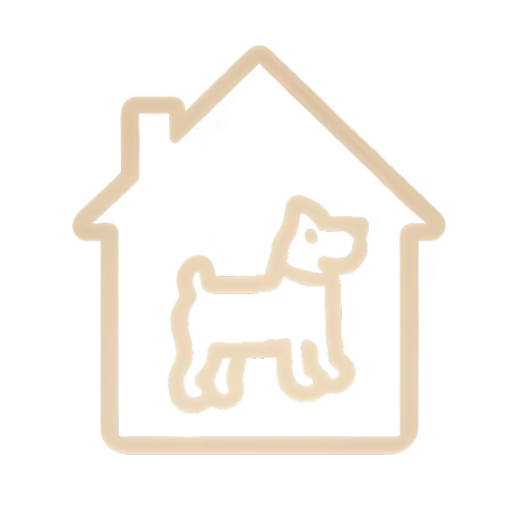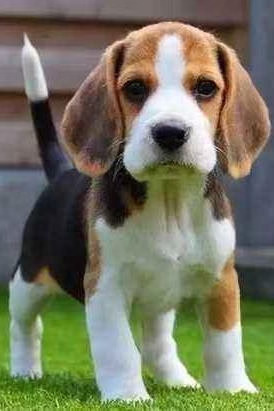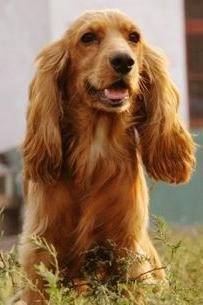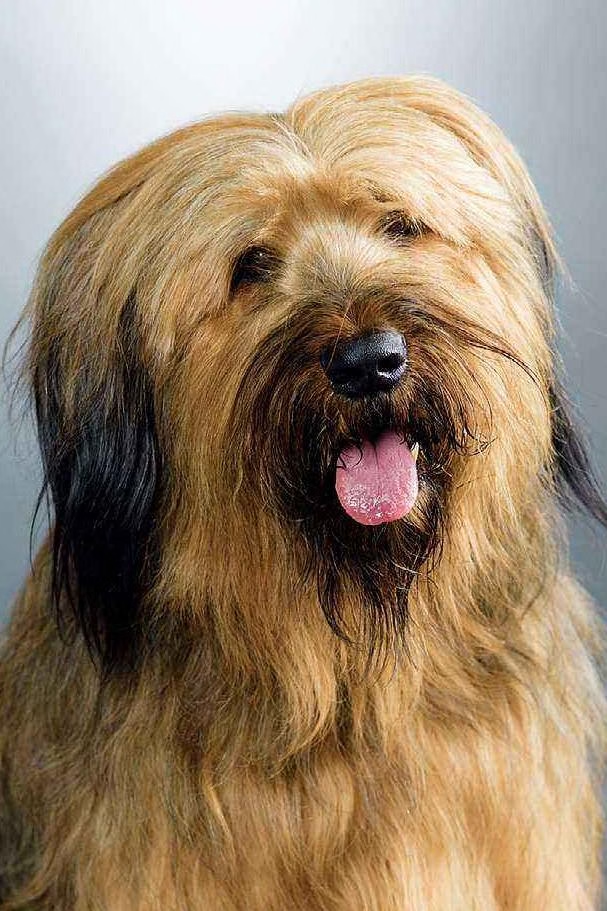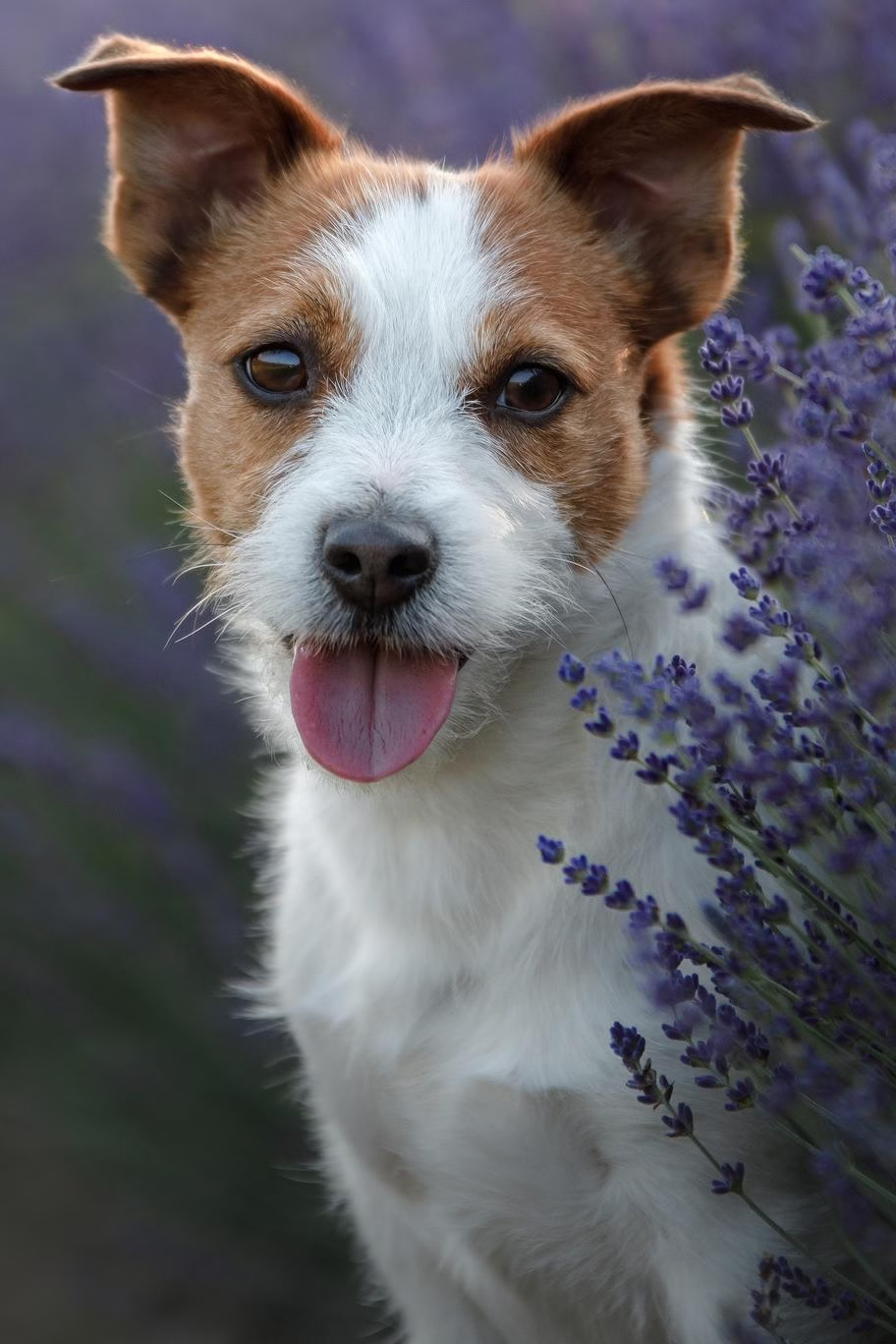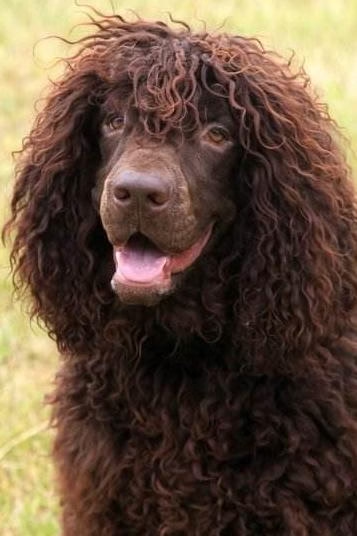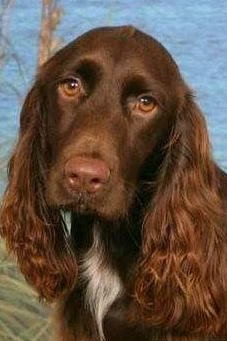Boxer (Canine Master)
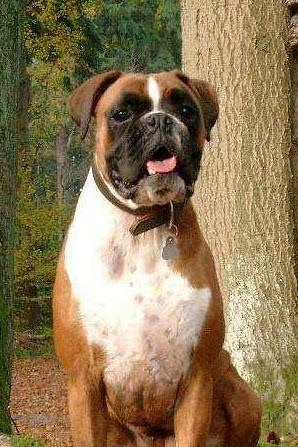
Boxer
Canine Master
Basic Information
- Category: Pet Dog
- Origin: Germany
- Body Type: Large
- Height: 53-63cm
- Hair Length: Short-haired
- Lifespan: 8-12 years
Ratings
| Trainability | ⭐️⭐️⭐️ |
| Affection Level | ⭐️⭐️ |
| Barking Level | ⭐️⭐️⭐️ |
| Shedding Level | ⭐️⭐️ |
Breed Introduction
The Boxer, originally from Germany, has a strong and beautiful physique. Its head is proportionate to its body, with a large black nose. The ears are set high and are often cropped. The eyes are black. The neck is cylindrical and muscular, with no loose skin. The body is square, with a short tail that is always held high. The front limbs are straight and parallel. They are loyal and don’t hold grudges. They are particularly fond of children, easy to train, and can be used as police dogs, guard dogs, personal protection dogs, and even guide dogs. Due to their good obedience, they also make excellent companion dogs.
The Boxer is a descendant of the Mastiff breed. In the Middle Ages, they were used to attack buffalo for hunting wild boar and deer. Since the 16th century, the Boxer has descended from a series of dogs known throughout Europe. Tapestries from the 16th to 17th centuries depict dogs hunting stags and wild boars. These dogs are similar to the Alano hunting dogs found abundantly in Andalusia and Estramadura, as well as the Matin de Terceira or Perro de Presa from the Azores. Alano and Matin dogs were once considered the same breed, ancestors of the Boxer or closely related to them.
In the 19th century, in Munich, Germany, they were bred from the Bullenbeisser and Bulldog, characterized by a combat-ready appearance and lively nature, with plenty of energy as well as being sensitive and responsible. After World War II, Boxers became popular both in America and England and were widely used as family dogs and guard dogs, winning people’s affection. Before the prohibition of dog fighting and bull-baiting in the mid-19th century, Boxers and other similar breeds were used as fighting dogs. Today, the Boxer has become an integral part of society, still retaining exceptional courage and defensive capabilities, ready to attack when necessary.
Moreover, the Boxer is very loyal to its owner. In France, there is a breed called Dogue de Bordeaux, which closely resembles the ancient Chinese Tibetan Mastiff in appearance and physique, and the Bouldogue de Mida breed developed from this large dog can be found mainly in southern France, sharing many similarities with the Boxer. All European breeds are related to the Boxer. After long-term scientific breeding, this beloved German dog has not only retained its original excellent qualities but also refined its appearance over time. British Bulldogs were exported to Germany, and actually, a famous Bulldog in a 1803 painting by Reinagle looks very similar to the Boxer, and some English Bulldogs in paintings from 1850 are nearly identical to German dogs.
We can see that the entire modern history of the Boxer is closely tied to Germany, yet it has a British name that suits it perfectly. The Boxer uses its front paws to attack, like a boxer, which probably inspired its name. In 1904, the American Kennel Club first registered the Boxer. The first championship was held in 1915, but it wasn’t until 1940 that Americans truly began to favor this breed, likely because some Boxers garnered high scores at dog shows.
